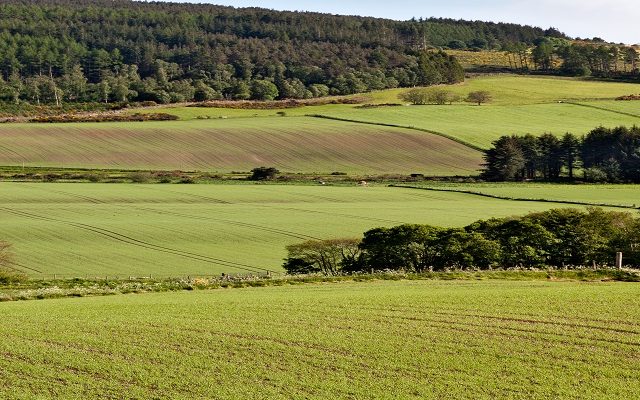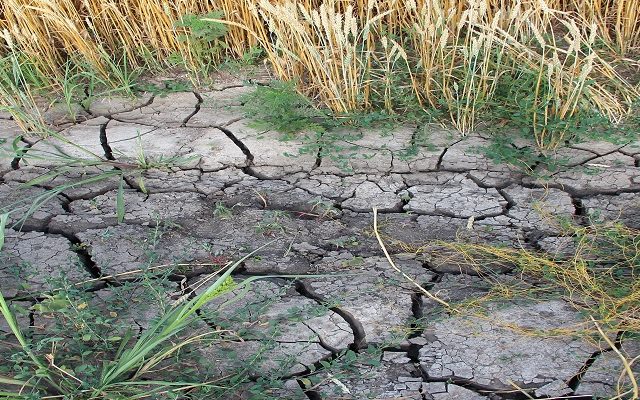Defra unveils plan to turbocharge SFI and CSS
Defra is trying to turbocharge its Environmental Land Management (ELM) scheme.
Janet Hughes, who is the director at Defra responsible for the Food, Farming and Countryside Programme, provided an update on the ‘prospectus’ for ELM before it was formally released in detail by ministers. She said that she hopes it gives the sector the information it has been asking for.
The headlines are that much more detail has been published, there is more flexibility to pick and choose options within ELM schemes and there are more options.
One of Hughes’ key messages was that Defra is now going as fast as possible to have all options available as soon as possible. Land managers will be able to choose between 280 options, including 30 new ones.
Listening to the update, and before reading the full prospectus, I was impressed by her (and Defra’s) openness, change of pace and change of ambition. Throughout the 90-minute briefing, she (and other Defra-family staff) seemed to acknowledge that a reboot was needed to boost sign up by land managers. We agree.
There was something for everyone. Having more information and more options should satisfy the land managers who wanted to see all the options before making a decision on whether to join a scheme.
Hughes’ commitment to more monitoring of outcomes, ambition to increase the amount of land in Higher Tier Countryside Stewardship, and increasing the join-up across local areas will appeal to environmental organisations.
There were announcements on all three schemes.
Sustainable Farming Incentive (SFI)
There will be six new ‘standards’ available in 2023, so double the three that were expected. They cover hedgerow management, integrated pest management, nutrient management, biodiversity actions on arable and horticultural land, biodiversity actions on improved grassland, and biodiversity actions on low input grassland. They include 19 different actions that will be paid for (see end for details). There should be something for everyone to consider.
The different levels within SFI have been dropped for 2023 and the scheme now allows applicants to pick and mix different options. Defra’s clear aim here is to encourage more land managers to join the scheme – take up has been disappointing to date. It will be interesting to see if it works and also whether the options selected will deliver positive environmental benefits, which is what the payments are for. We think more farmers should look at it now and not just consider the payment rates, but also the agronomic, soil and cost saving benefits too.
Hughes was interesting when questioned about whether the recently announced SFI ‘management payment’ would continue and was worthwhile. She said that it encouraged broad thinking about options, including writing plans for management of the land, and so was a useful payment to retain. We would agree. The £1,000 payment pays for a day or two of thinking and management time a year for every land manager.
Countryside Stewardship
The government decided late last year that rather than introducing a new Local Nature Recovery scheme as the second tier of the Environmental Land Management (ELM) scheme, it will instead enhance the current CSS offering.
There was clarification about what it means by Countryside Stewardship Plus. It will be an option within the main Countryside Stewardship scheme, under which land managers get payments to join together to deliver their chosen options over a larger area. Defra is working through how to deal with individuals in a group not delivering what the group said it would. This can easily be overcome with common sense and sensitive handling, and this is an exciting new option.
There is a big focus is on how to increase uptake of Higher Tier agreements, which is to be welcomed. We like the ambition to get more farmers into SFI and engaging, as well as getting more doing more advanced environmental work.
Landscape Recovery
It was also confirmed that there will be a new round of applications to join the Landscape Recovery Scheme. Demand exceeded expectations in the first round of applications in 2022 and Defra is going to fund more projects (25) this year.
What these projects, which involve significant land use change, actually deliver will be fascinating to see. They won’t have a significant effect on food production and they could be exemplars of how to combine food, biodiversity, water, carbon and air outcomes.
Hughes spoke with passion, candour and energy – just what was needed. It did feel like everything, everywhere, all at once, but that’s not necessarily a bad thing.
Now is the time to read the prospectus carefully and reconsider the options available.
Details of new SFI standards and payment rates
Hedgerows standard
- For assessing and recording hedgerow condition – £3 per 100 metres – one side
- Managing hedgerows so there is a range of heights and widths – £10 per 100 metres – one side
- Maintaining existing hedgerow trees, or establishing new ones, so there is an average of 1 tree per 100m – £10 per 100 metres – both sides
Integrated pest management standard
- Completing an integrated pest management (IPM) assessment and IPM plan – £989 per year
- Establishing and maintaining flower rich grass margins and strips – £673/ha
- Establishing companion crop – £55/ha
- No use of insecticides – £45/ha
Nutrient management standard
- Completing a nutrient management (NM) assessment and NM review report – £589 per year
- Establish and maintain legumes – £102/ha
- Establish and maintain legume fallow – £593/ha
Arable and horticultural land standard
- Establishing and maintaining blocks or strips of pollen and nectar flower mix – £614/ha
- Establishing and maintaining blocks or strips of winter bird food – £732/ha
- Establishing and maintaining grassy field corners and blocks – £590/ha
- Establishing and maintaining 4m-12m buffer strip on arable and horticultural land – £451/ha
Improved grassland standard
- Taking grassland field corners and blocks out of management – £333/ha
- Maintaining improved grassland to provide winter bird food – £474/ha
- Establishing and maintaining a 4m-12m buffer strip on grassland – £ 235/ha
Low input grassland standard
- Managing grassland with very low nutrient inputs (outside an SDA) – £151/ha (indicative)
- Managing grassland with very low nutrient inputs (SDAs) – £98/ha (indicative)






